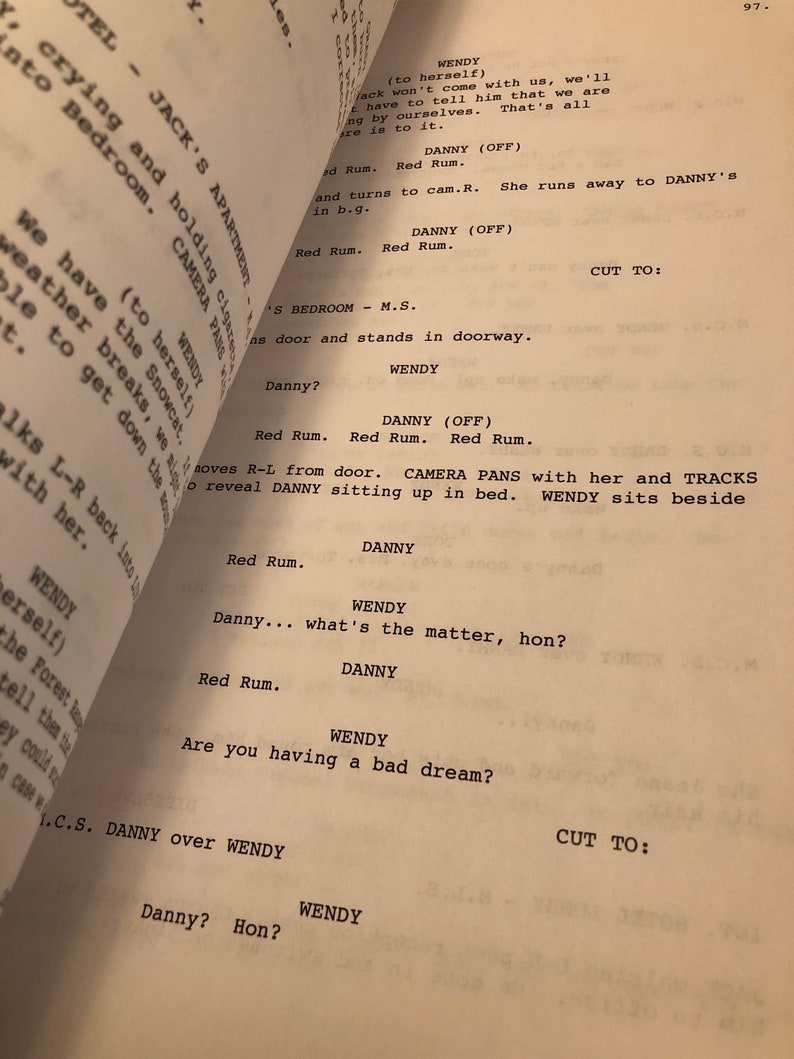

Here’s an abbreviated list of the noticeable liberties taken by Flanagan in his hybrid sequel.

Cue the second half of the movie, when things get a little complicated. Led by Rose the Hat (Rebecca Ferguson), they set their sights on Abra, but Dan may be able to save her. She’s spotted by a group of cultish immortals who call themselves the True Knot and feed on the essence, or “steam,” of people endowed with astral gifts. Meanwhile, there’s Abra Stone (Kyliegh Curran), a young girl with even more powerful shining skills than Danny. Decades later, a still-traumatized Dan hits rock bottom and moves to a small New Hampshire town, where he holds a job at a hospice center and uses his shining powers (among them, his abilities to converse with the dead and telepathically connect to other people) to help elderly residents transition into the afterlife. In short, both the Doctor Sleep book and film bring us back into the world of Dan Torrance (Ewan McGregor), whose father Jack Torrance (Jack Nicholson in The Shining) lost his mind and found his axe at the infamous Overlook Hotel. Wondering how it all works? Let us guide the way. Naturally, this led to a number of significant departures from both the source material and Kubrick’s universe. So instead, he opted to bridge the two, making his own version of Doctor Sleep. Flanagan could have ignored his cinematic precedent, though remaining faithful to the book alone likely would have alienated a lot of movie fans. King’s book is a direct sequel to his 1977 novel The Shining, and most definitely not a direct sequel to the 1980 film directed by Stanley Kubrick, which King notoriously hated. When writer and director Mike Flanagan got the green light to adapt Stephen King’s 2013 novel Doctor Sleep, he found himself in a unique situation.


 0 kommentar(er)
0 kommentar(er)
